The Hunter’s Instinct Never Sleeps

Your cat’s sudden swipe at your coffee mug isn’t random mischief—it’s ancient programming in action. Every domestic cat carries the DNA of their wild ancestors, and those hunting instincts remain razor-sharp even in our cozy living rooms. When they see an object sitting on the edge of a table, their brain immediately categorizes it as potential prey. The way a pen rolls or a glass wobbles triggers the same neural pathways that would activate when stalking a mouse in tall grass. This isn’t bad behavior; it’s your cat being exactly what millions of years of evolution designed them to be.
Testing Physics One Object at a Time
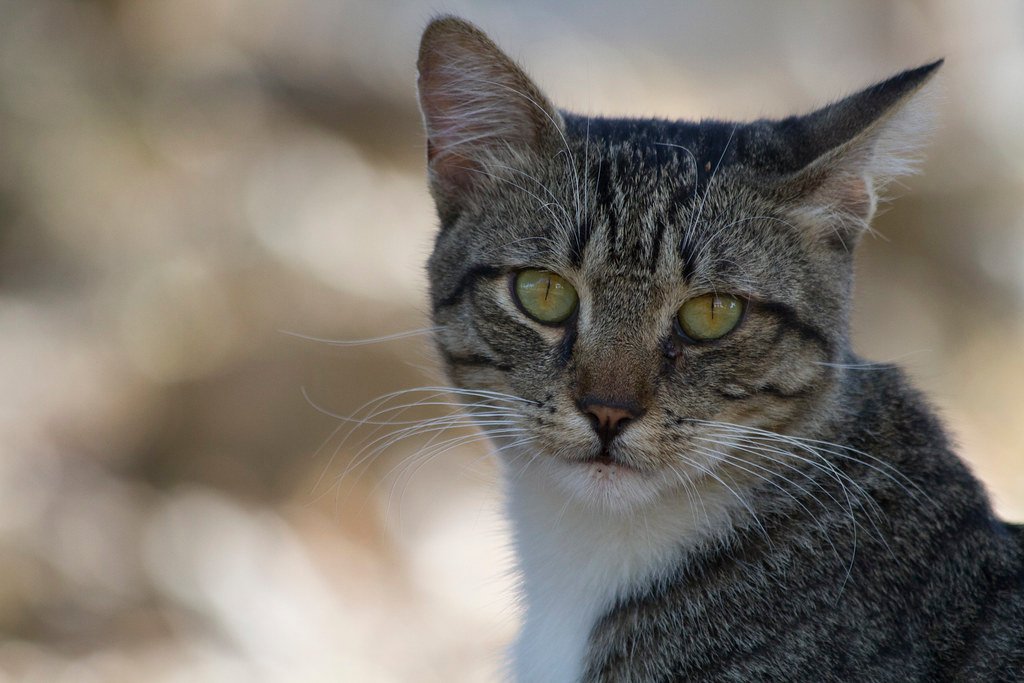
Cats are natural-born scientists, and your home is their laboratory. Each knocked-over item teaches them something new about how the world works. They learn about weight, momentum, and cause-and-effect through direct experimentation. A lightweight pen behaves differently than a heavy paperweight, and your cat files away this information for future reference. This curiosity-driven exploration is actually a sign of intelligence, not destructiveness. Think of it as your cat earning a PhD in household physics, one experiment at a time.
The Paw Advantage in Exploration

Unlike humans who primarily use their hands for manipulation, cats rely heavily on their incredibly sensitive paws for gathering information. Each paw pad contains thousands of nerve endings that can detect texture, temperature, and vibration. When your cat reaches out to touch an object, they’re not just being destructive—they’re conducting a thorough sensory investigation. The gentle tap often escalates to a full swipe because that initial touch provides so much interesting sensory data. It’s like having a built-in scientific instrument that’s too fascinating not to use.
Attention-Seeking Behavior That Actually Works

Let’s face it—when your cat knocks something over, you immediately pay attention to them. This reaction teaches your cat that object-pushing is an incredibly effective communication tool. Whether you gasp, laugh, or even scold them, you’re giving them exactly what they wanted: your undivided attention. Smart cats quickly learn this formula and will deliberately knock things over when they feel ignored. It’s their way of saying, “Hey, I’m here, and I matter!” The behavior persists because it works every single time.
Territorial Boundary Enforcement

Your cat views your home as their kingdom, and they take property management seriously. Objects that appear in “wrong” places or seem out of place trigger their territorial instincts. By knocking items off surfaces, cats are essentially reorganizing their environment to match their preferences. This behavior is particularly common when new objects are introduced to familiar spaces. Your cat isn’t being mean—they’re just being an extremely hands-on interior decorator with very specific ideas about where things belong.
The Gravity Game That Never Gets Old

There’s something mesmerizing about watching objects fall, and cats seem to understand this better than anyone. The predictable yet varied nature of falling objects provides endless entertainment. A rubber ball bounces differently than a ceramic mug, and each drop creates a unique sound and movement pattern. This fascination with gravity isn’t just playful—it’s educational. Through repeated dropping experiments, cats develop better spatial awareness and reflexes. Your cat is essentially playing an advanced version of peek-a-boo with the laws of physics.
Stress Relief Through Controlled Destruction
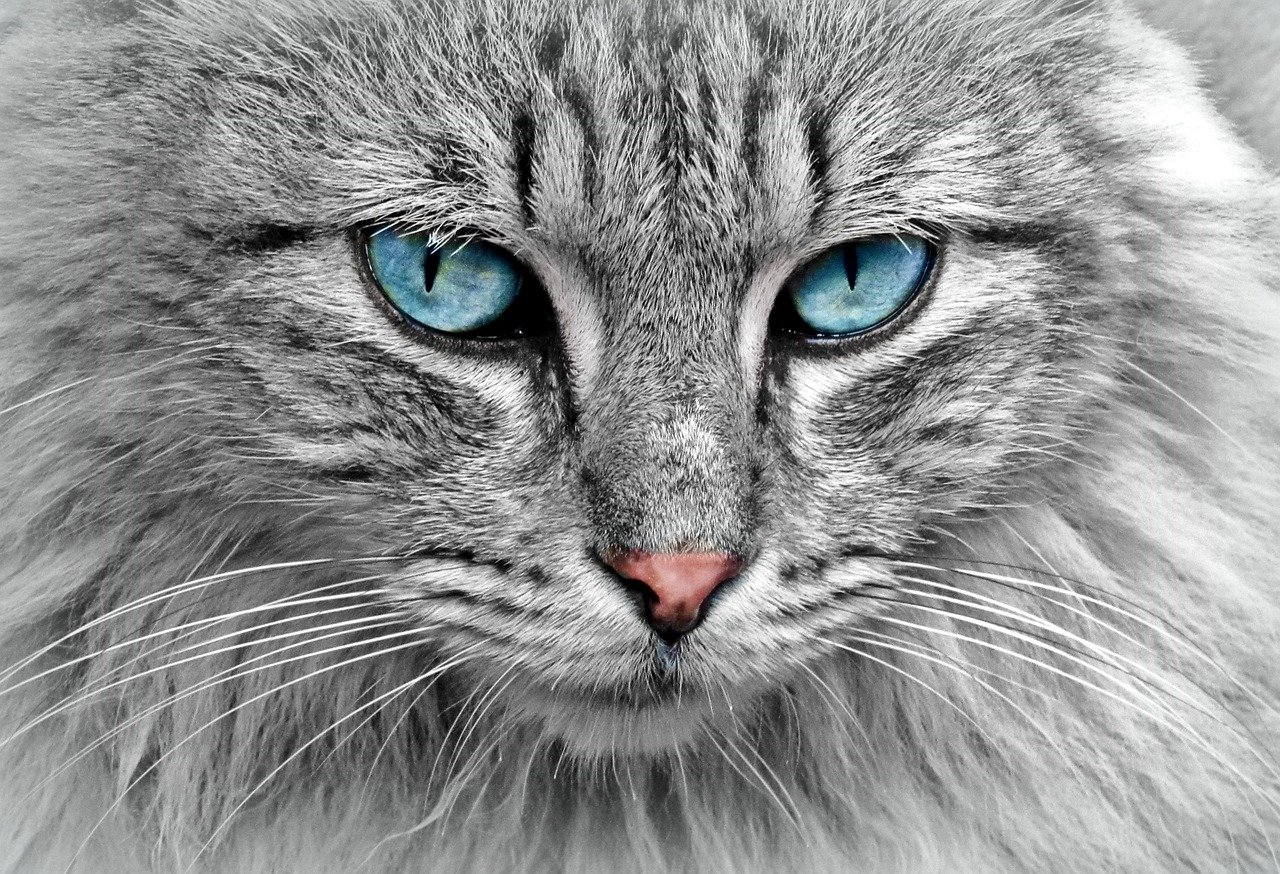
Sometimes knocking things over serves as a stress outlet for anxious or bored cats. The physical act of pushing objects provides a satisfying release of pent-up energy and frustration. Indoor cats, especially those without adequate environmental enrichment, may turn to object-pushing as a way to create their own entertainment. This behavior often increases during periods of change or stress in the household. Providing appropriate outlets for this energy—like puzzle toys or climbing structures—can redirect this natural impulse toward more acceptable targets.
Social Learning From Fellow Felines
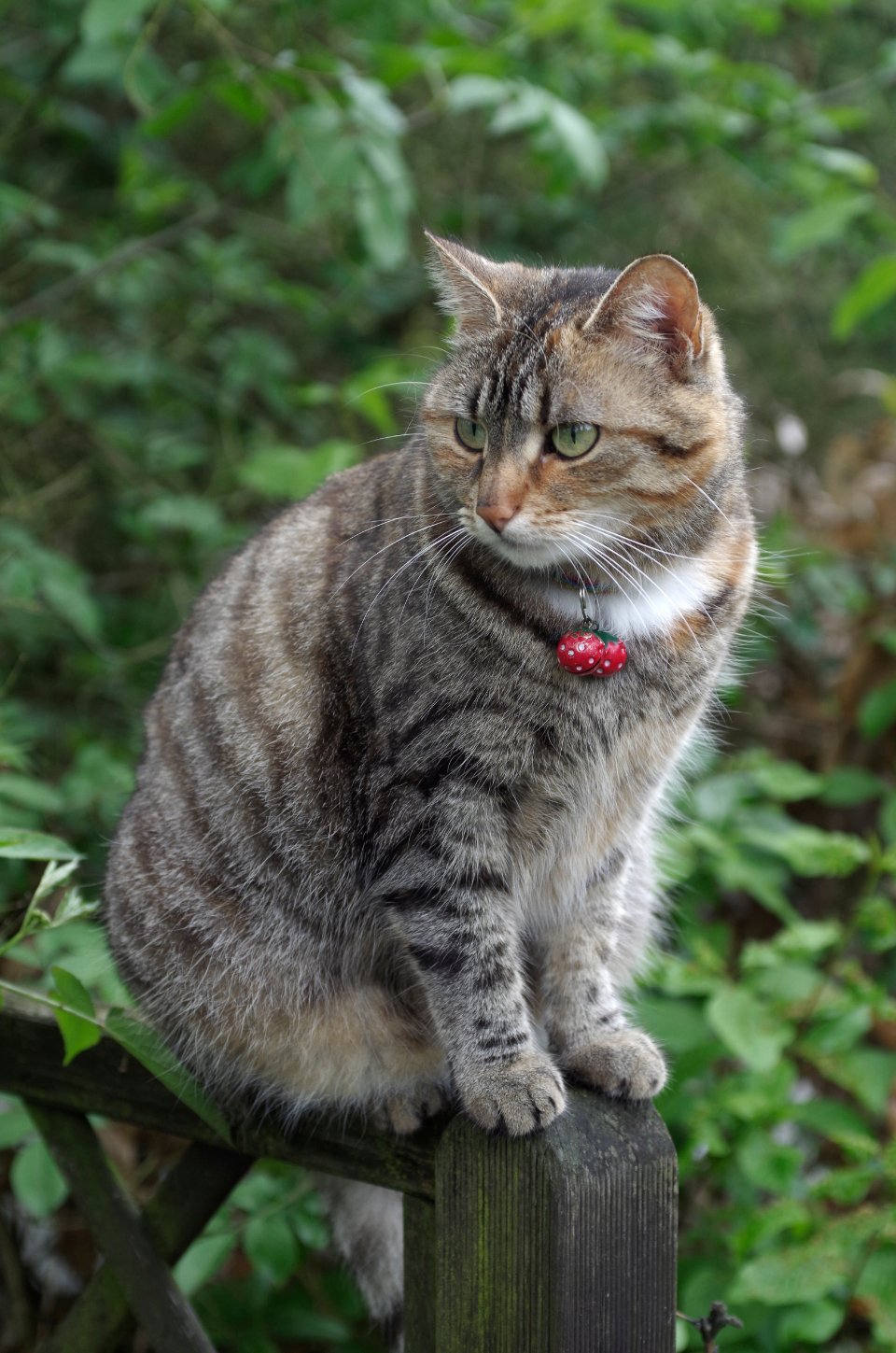
Cats are keen observers who learn by watching both humans and other cats. If they see another cat getting attention for knocking things over, they’ll quickly adopt this strategy themselves. Multi-cat households often see this behavior spread from one cat to others like a trendy new skill. Young cats are particularly susceptible to copying this behavior from older, more experienced house cats. It becomes part of their social toolkit for navigating human households and getting their needs met.
The Temperature and Texture Investigation
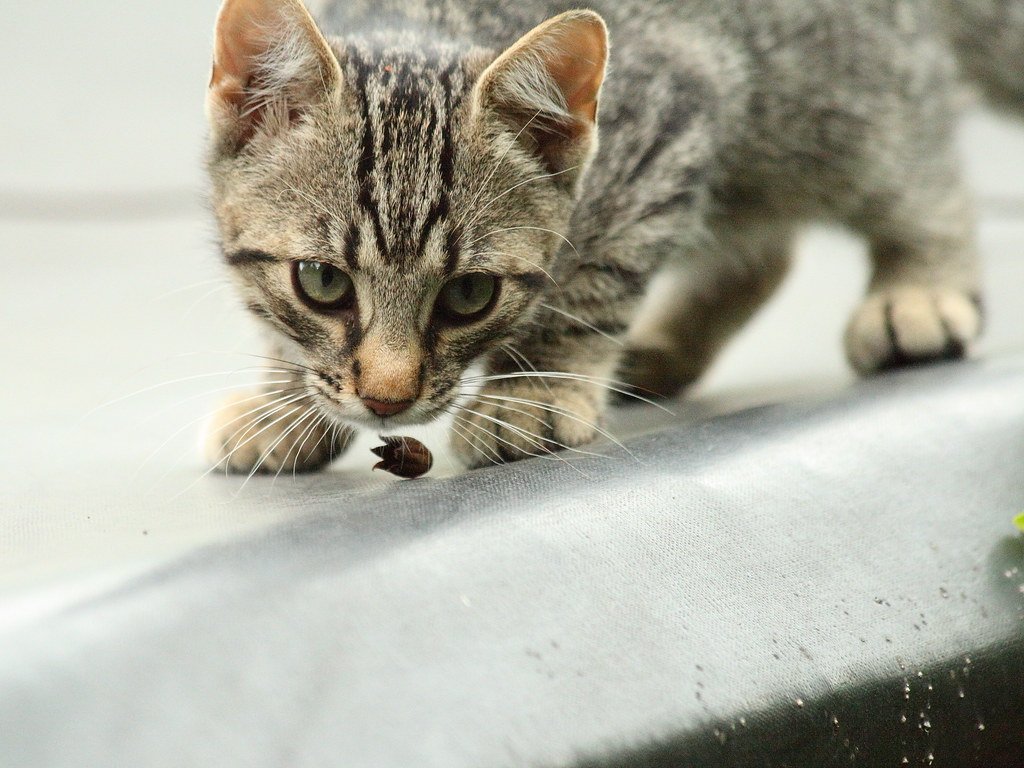
Objects sitting on surfaces often have different temperatures and textures than the surrounding area, which immediately catches a cat’s attention. A cold glass on a warm table or a smooth phone on a rough surface creates sensory contrasts that cats find irresistible to investigate. Their sensitive paw pads can detect these differences instantly, leading to further exploration through pushing and prodding. This sensory-driven curiosity is completely natural and shows how attuned cats are to their environment. They’re like living thermometers and texture analysts, constantly gathering data about their surroundings.
Predatory Practice Sessions
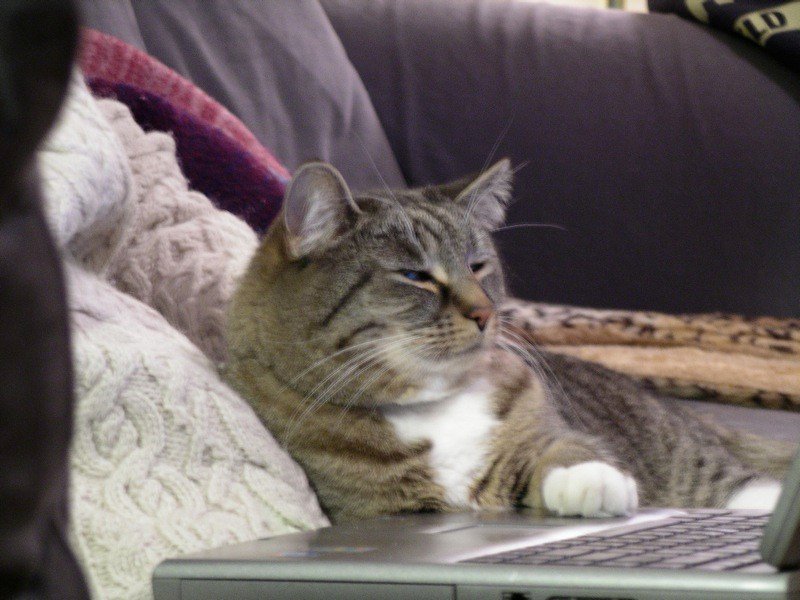
Every swipe at an object on your desk doubles as a hunting practice session. Cats need to keep their reflexes sharp, and household items make convenient practice targets. The motion of pushing objects off surfaces mimics the swatting action used to stun prey in the wild. This practice is crucial for maintaining muscle memory and coordination, even for well-fed house cats. Your frustrated sighs about knocked-over items are actually witnessing your cat staying in peak physical condition through daily training exercises.
Environmental Control and Comfort
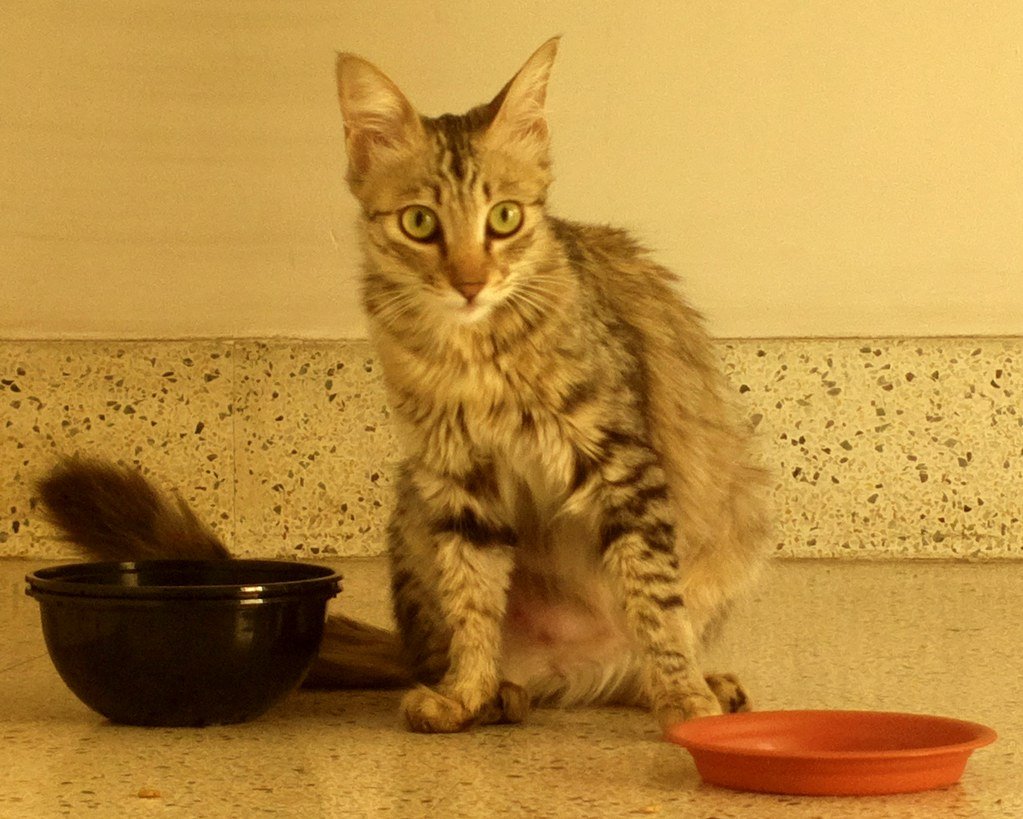
Cats are control enthusiasts who prefer their environment arranged according to their specific preferences. Items that obstruct their preferred pathways or sitting spots often get relocated via the push-and-drop method. This isn’t random destruction—it’s purposeful space management. Your cat may consistently knock the same items off the same surfaces because those spots are part of their daily routine. They’re essentially customizing their living space for optimal comfort and functionality, like having a personal feng shui consultant with very particular tastes.
The Sound Factor in Object Selection
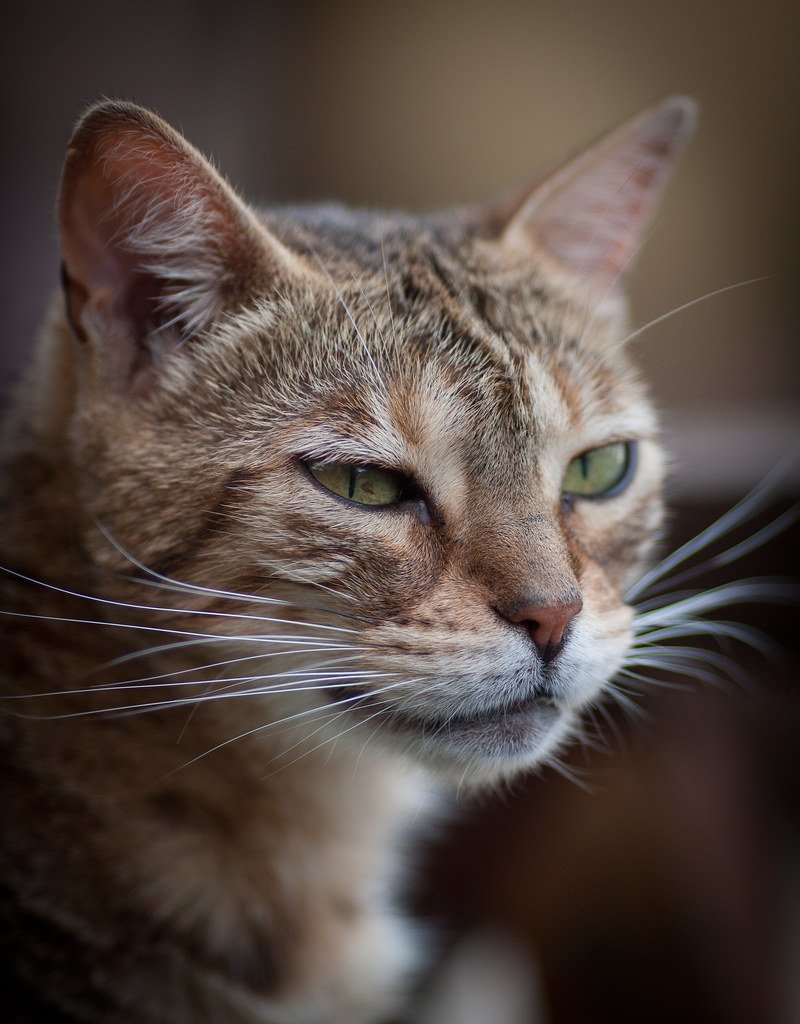
Different objects make different sounds when they hit the floor, and cats quickly learn to appreciate this acoustic variety. The satisfying crash of a ceramic mug provides different auditory feedback than the soft thud of a paperback book. Some cats develop preferences for certain sounds and will specifically target objects that produce their favorite noises. This sound-based selection process adds another layer of complexity to their object-pushing behavior. Your cat isn’t just creating chaos—they’re composing their own percussion symphony with household items as instruments.
Boredom Busting Through Mischief

When cats lack sufficient mental stimulation, they create their own entertainment opportunities. Object-pushing provides immediate engagement and unpredictable results, making it an ideal boredom-busting activity. The behavior often intensifies during periods when cats are left alone for extended periods or during inactive times of day. Each pushed object offers a mini-adventure with potential for surprise and excitement. Smart cats recognize that this activity guarantees both physical exercise and mental stimulation, making it an efficient solution for dull moments.
Communication Through Controlled Chaos

Cats have limited ways to communicate their needs to humans, and object-pushing has proven to be remarkably effective. A knocked-over water glass might signal that their water bowl is empty, while cleared-off papers could indicate a desire for attention. This behavior becomes a form of non-verbal communication that cats refine over time based on human responses. The more dramatic the object selection, the more urgent the message they’re trying to convey. Your cat has essentially developed their own sign language using your belongings as the alphabet.
The Joy of Immediate Results

One of the most appealing aspects of object-pushing for cats is the immediate and dramatic result. Unlike many other behaviors that might go unnoticed, pushing something off a surface creates instant visual, auditory, and often human feedback. This immediate gratification reinforces the behavior and makes it incredibly satisfying to perform. The predictable cause-and-effect relationship provides a sense of agency and control that cats find deeply rewarding. It’s like having a guaranteed entertainment system that never fails to deliver excitement and engagement.
Your cat’s object-pushing behavior might drive you crazy, but it’s actually a fascinating window into their complex minds. These seemingly destructive acts reveal intelligence, curiosity, and sophisticated communication skills that deserve our respect and understanding. What would you guess motivates your cat’s next gravity experiment?
Hi, I’m Bola, a passionate writer and creative strategist with a knack for crafting compelling content that educates, inspires, and connects. Over the years, I’ve honed my skills across various writing fields, including content creation, copywriting, online course development, and video scriptwriting.
When I’m not at my desk, you’ll find me exploring new ideas, reading books, or brainstorming creative ways to solve challenges. I believe that words have the power to transform, and I’m here to help you leverage that power for success.
Thanks for stopping by, Keep coming to this website to checkout new articles form me. You’d always love it!






